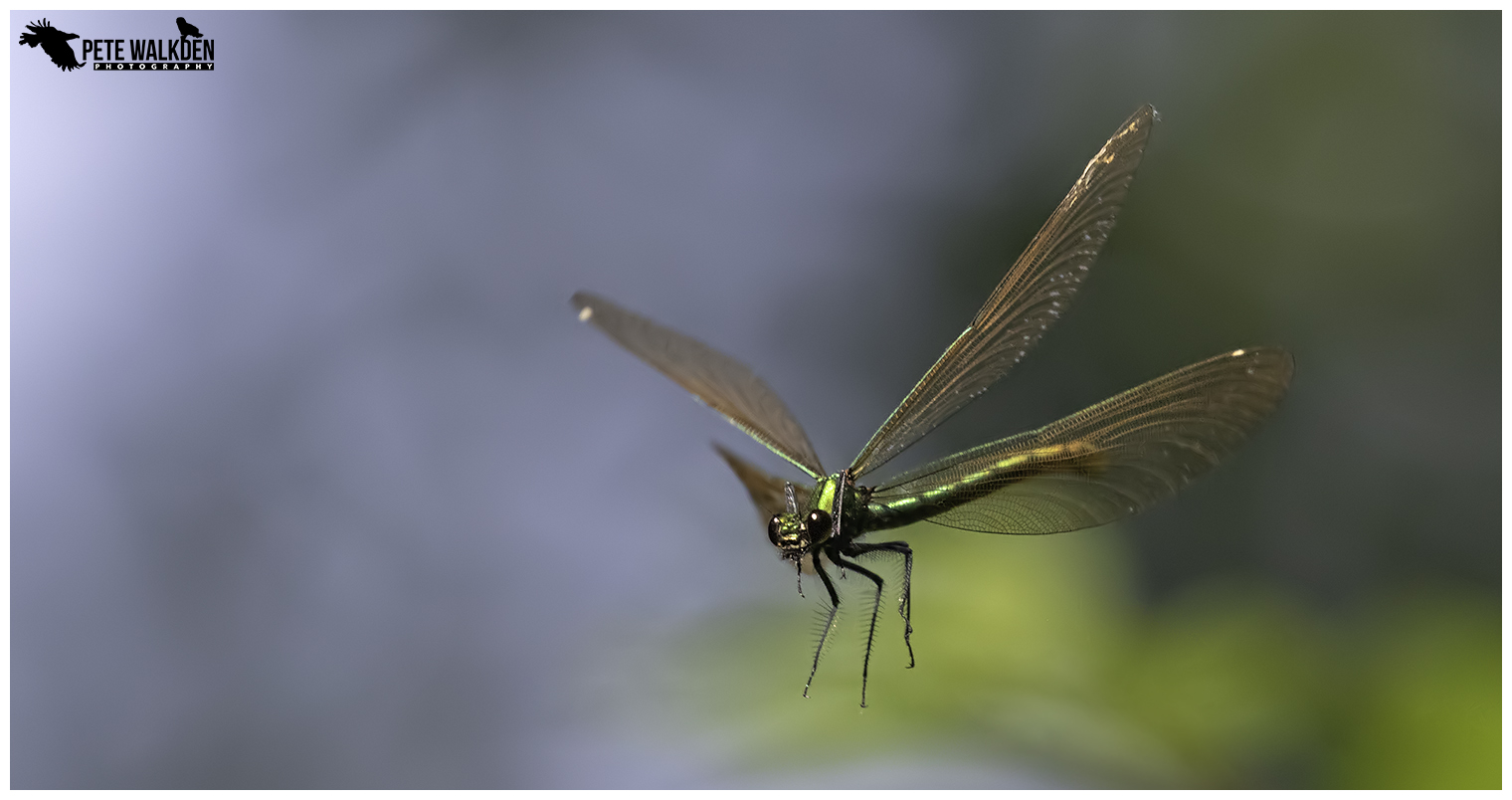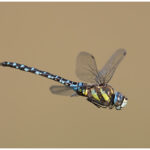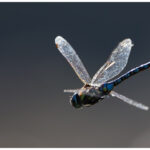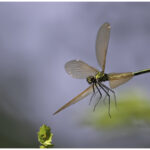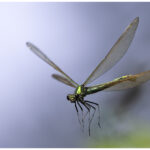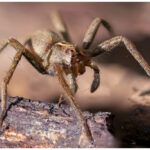
Focus Stacking
11th April 2020Introduction
After seeing a jaw-dropping image from Andy Rouse, of a demoiselle in flight, on Twitter, when I was out in the countryside recently and encountered some damselflies myself, I thought I'd see if I could get something remotely close. Having already taught myself how to photograph dragonflies in flight some years ago, I thought I'd apply similar techniques to this species.
Without the Olympus system, and its fantastic Pro-Capture mode (that takes photos before the button is pressed) that perhaps aids success rate for such images, I wanted to try with the sort of kit most people would have access to. So I took my Canon 7D mk2 and the rather wonderful Canon EF 100-400mm mk2 lens. No tripod, just hand held.
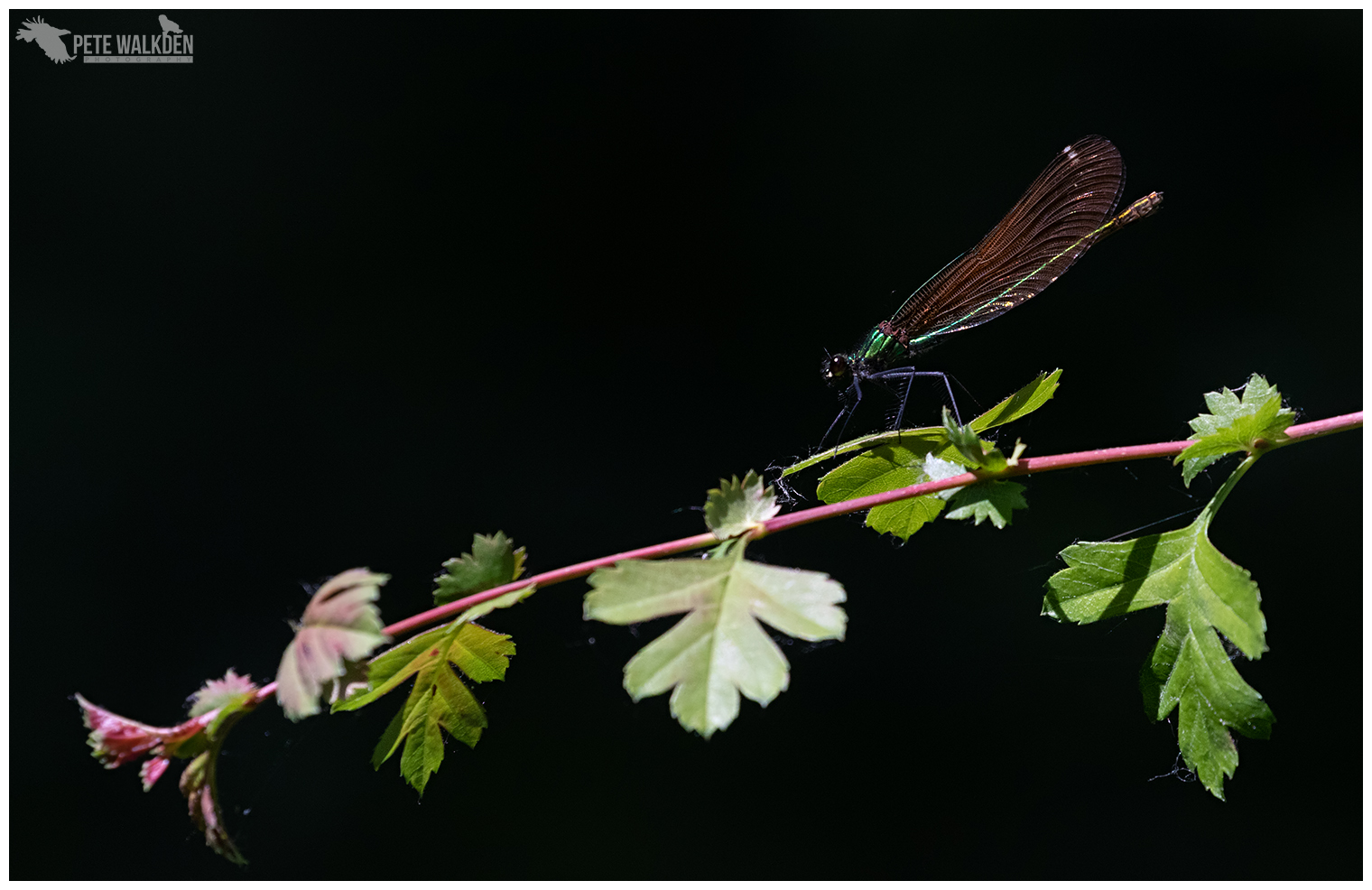
Technique
Firstly, you need a subject, so find an area with the insects flying around.
Now watch. Take a while to observe how they are flying, where and how they're landing or hovering.
In my experience, when the damselflies were hunting from a hedge, they were often taking off from a branch or leaf, zipping off to catch a flying insect, before returning to the same perch. This is key.
In the case of dragonflies, they would often return to a similar area of the pond over which they'd hover.
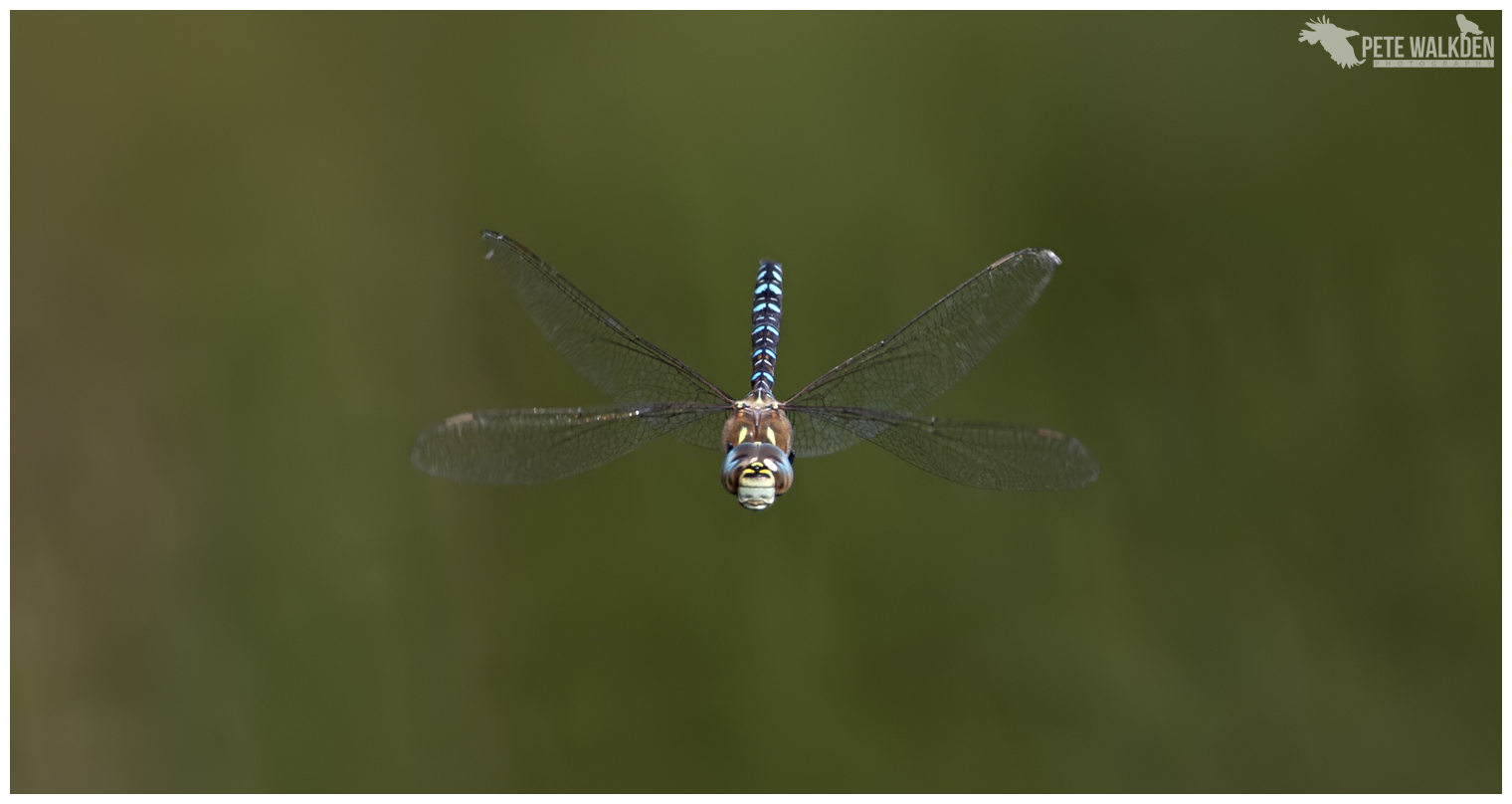
Trying to focus on a flying bird is hard, so an insect is nigh on impossible. So for this, you need to pre-focus on something close to where the insect is going to be flying.
For dragonflies, this might be something nearby that is a similar distance from you as where it has been flying, like a stick or reed perhaps, or manually focus the lens to roughly the right area.
For damselflies, it's best to focus on what they're perching on, and lean forwards a little bit, so the focus point is beyond where they land. When I was watching, they typically flew round behind their perch, and then landed.
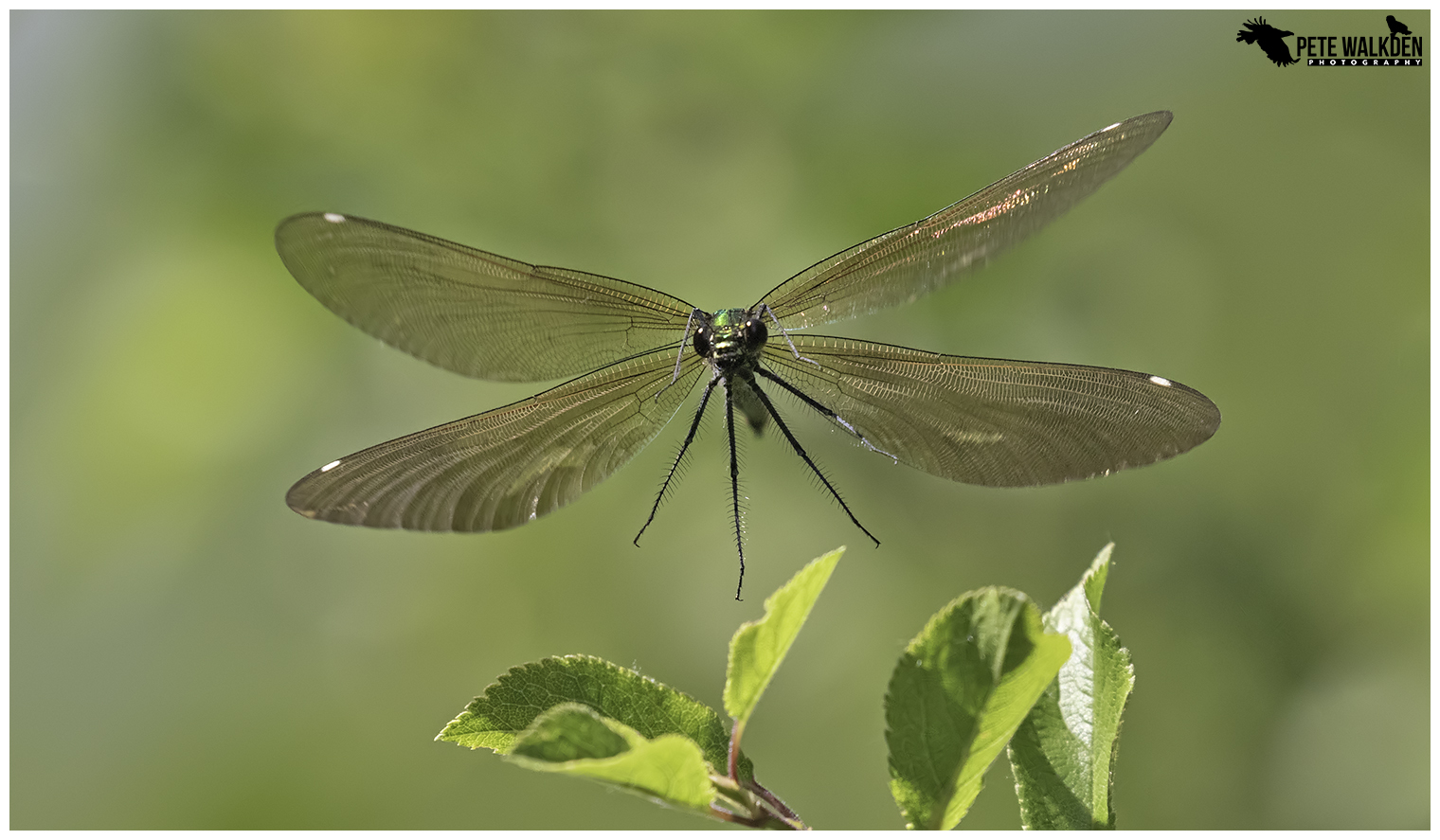
Taking The Shot
Having focused on where you're hoping the insect will fly, it's down to your reactions and for the dragonflies, your ability to focus the camera.
The damselfly images are generally from burst shooting and hoping the insect is in the focal area as the shutter is released. If an aperture of f8 - f10 is used, there's a greater chance of this happening.
For the dragonflies, focus is needed, so an expanded focus point might help, to quickly pick up the insect, ideally against a plain background that doesn't distract the camera's focusing system.
And then burst shoot (whilst focusing if you're using back-button focusing).
For settings, a shutter speed of 1/2000th or faster is required. ISO will have to be adjusted to allow for the exposure to be right. Typically it's in bright conditions when these insects are flying, so ISO 1000 might be enough.
Then cross your fingers and check the images taken.
Gallery
Please click on the images for a larger view.

